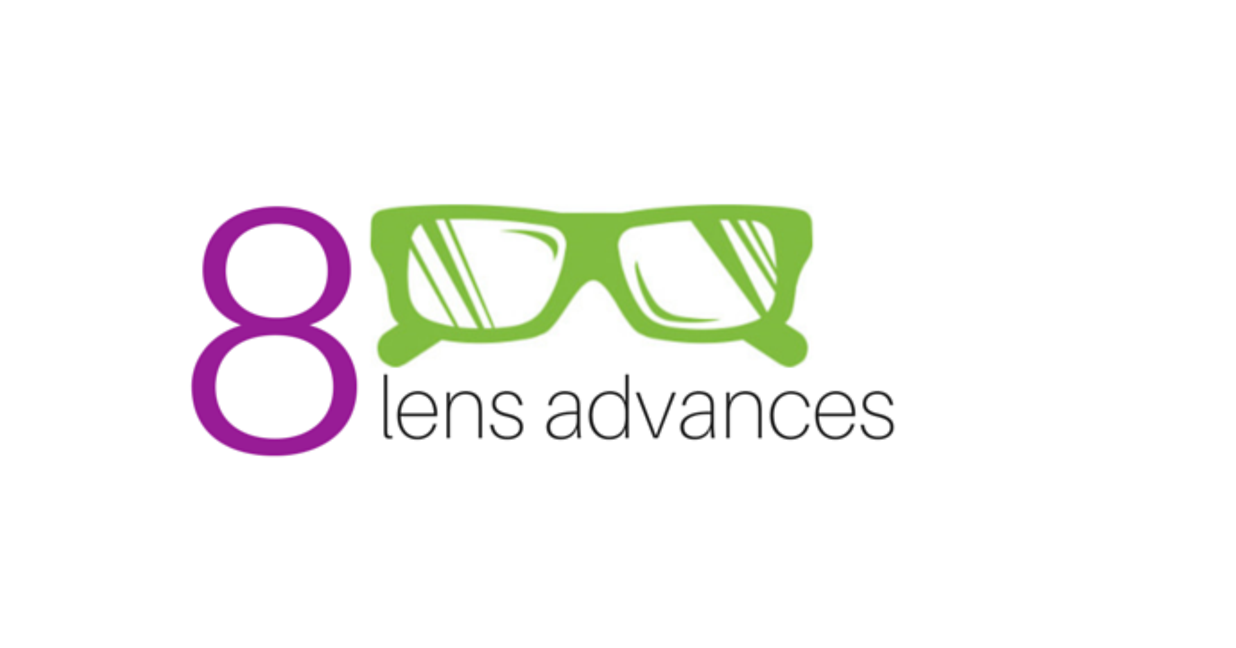Guest post by Lance Dirr, Senior Manager of Lab Operations
Before I started working in eyewear, I never gave lenses a second thought. They’re all the same, right? Now, 18 years later, I know better. I’ve seen the wrong lens choice derail an otherwise fine vision correction experience, and I’ve seen how perfect lenses transform someone’s world. Today’s lens technology gives people more options than ever to customize their vision correction.
Lenses are (almost literally) morphing before our eyes in response to consumers' preferences. So how will employees want to use their lens benefits now and in the near future? Let’s take a look.
1. Thinner, lighter lenses
Remember “Coke bottle” lenses? Those were the result of old lens manufacturing processes. Nowadays, even people with high prescriptions can have thin, lightweight lenses thanks to digitally designed lenses.
2. Maximum clarity
Speaking of digitally designed lenses, they’re also providing better clarity, crisper colors and less distortion for people who wear glasses. Not only are digitally optimized lenses customized for each eye, they’re more affordable than ever before.
3. Virtually no limits on frames
Digital manufacturing processing also allows for customized lens designs to fit any frame – even oversized wraps – which means more frame options than ever before for those who need corrective eyewear.
4. Lenses for active lifestyles
Premium materials like anti-reflective coatings (also known as AR) and polycarbonate materials make lenses thinner, lighter and more impact-resistant compared to old standard plastic lenses. These premium materials also include scratch-resistance to protect against everyday wear and tear, and coatings that block harmful ultraviolet rays. With these features, your employees’ glasses will stand up to just about anything.
5. Reduced eye strain
Our eyes face dozens, even hundreds, of glowing, blinking, LED-infused obstacles every day. Smartphones, computers, tablets, TVs, video games, e-readers – they’re all taking a toll on eyes. The Vision Council reports that 94% of us spend at least two hours a day staring at screens. Short-term, this means eye fatigue and eye strain. AR reduces unwanted reflections that can result in eye fatigue.
6. Protection from “blue light”
Worse than eye strain is the potential harmful long-term effects of the “blue light” emitted from LED screens. AR coatings and lens materials designed to block blue light are a frontline defense against the assault of blue light. EyeMed’s lab networks offer three types of blue light-blocking ARs from three of the industry’s leading manufacturers, and we’re looking to expand the list of products as this category continues to grow.
7. Fashion statements
Eyewear is no longer a functional afterthought. It’s a fashion accessory. It's increasingly common to own more than one pair - better to show the many facets of your personality. Sun and photochromic lenses (the ones that darken when exposed to sunlight) come in more colors than grey and brown now to add extra pizzazz to those trendy frames.
8. Personalization
People want lenses, like frames, that are unique and make a personal style statement. A new way to express eyewear uniqueness? How about laser engraved initials on personal lenses.
Lenses matter more than you might realize. In today’s vision market pretty much nothing is out of the question, which makes it more important than ever to have a vision plan that places the latest lens technologies within reach of members. That includes covering different tiers of lens designs, lens material options and lens enhancements.
Which of these trends appeals to you?




